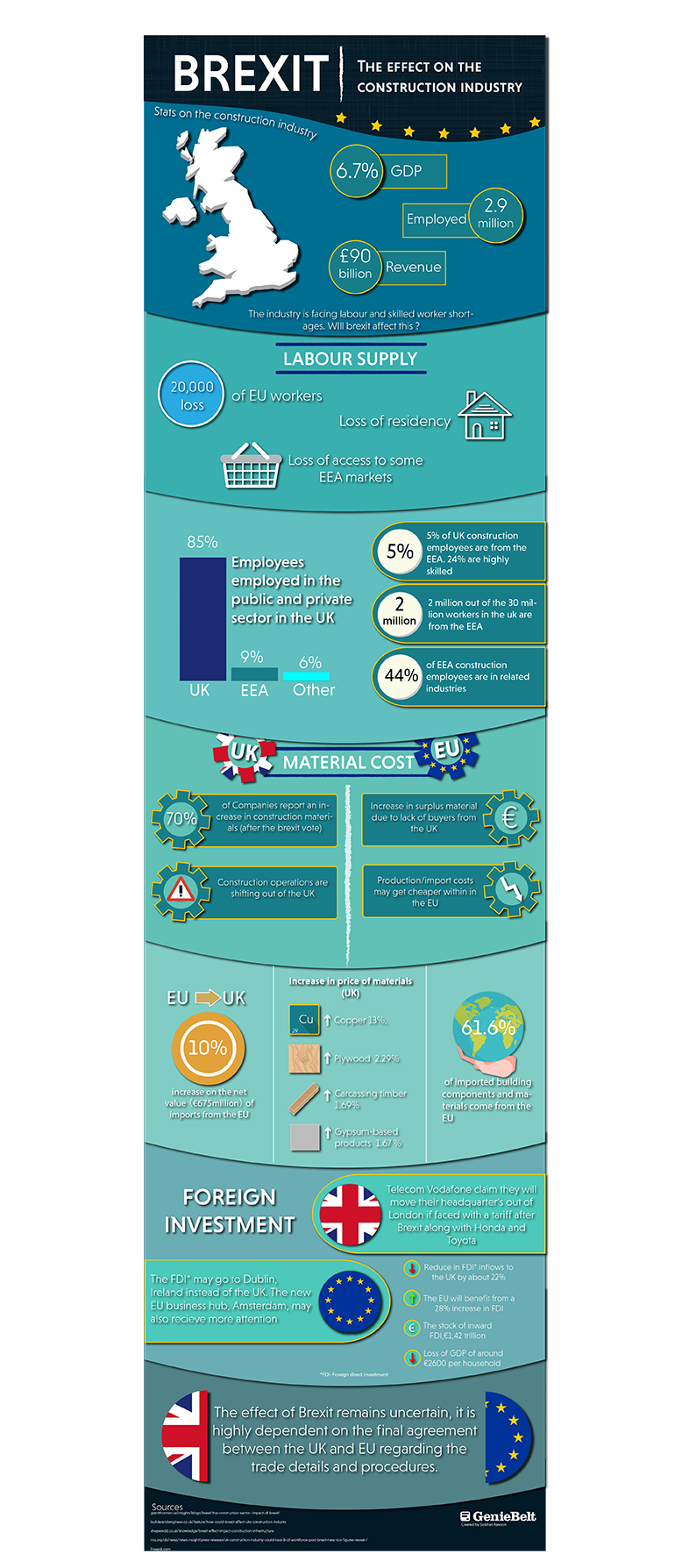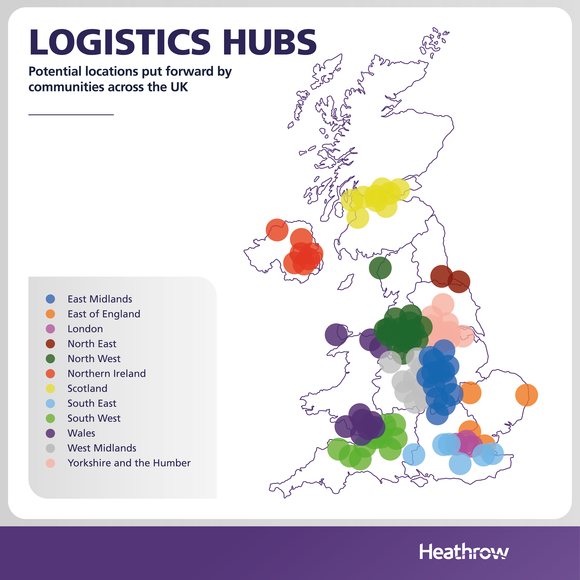- Construction sector confidence also up, boosted by social housing repairs
- Skills shortage time-bomb lurks on the horizon
- Hotels and restaurants sector slumps as consumer spending dips
Against the backdrop of record employment and ongoing Brexit negotiations, ManpowerGroup reveals that employers have recorded a one point uptick in optimism with a national Outlook of +6%. A surge in positivity among public sector employers is a key factor in the improved national picture, with hiring intentions in this sector up 4 points to +2%, the biggest rise since 2015.
The ManpowerGroup Employment Outlook Survey is based on responses from 2,100 UK employers. It asks whether employers intend to hire additional workers or reduce the size of their workforce in the coming quarter. It is the most comprehensive, forward-looking employment survey of its kind and is used as a key economic statistic by both the Bank of England and the UK Government.
James Hick, Managing Director for ManpowerGroup Solutions commented “This is the first time in over a year that public sector hiring plans have been in positive territory. June’s general election outcome was seen in part as a rejection of austerity, and it looks like the public sector is powering on, as hiring ramps up. At the beginning of the year there were 86,000 vacancies in the NHS; the government recently announced that it will train an additional 1500 doctors a year and create 20,000 new mental health posts. With the health service so heavily dependent on EU nationals, these hiring targets are going to be extremely difficult to meet. And that’s just the NHS – there are also tens of thousands of vacancies in other government departments.”
High demand for construction workers is also buoying national jobs optimism. Construction is the most upbeat sector this quarter, up six points to an Outlook of +11%. Hick continues: “Britain’s builders are as optimistic now as at any time since the financial crisis. Construction hiring often slows in the winter months, but the UK is set to buck the trend this year – our data suggests this could be the strongest fourth quarter for hiring since 2005. Some of this work is the urgent testing and repair that is being carried out up and down the country on much of Britain’s public housing stock. The state of housing in the country is under the microscope like never before and the need for both building and remedial work have caused demand in the construction industry to shoot up.”
However, there are also signs that the positive effects of these short to medium-term factors are hiding real pressure points in the labour market as chronic skills shortages and a squeeze on disposable incomes could prick the good news bubble.
Hick explains “The tough reality lurking beneath all these positive indicators is that these hiring intentions may not come to fruition because of difficulties attracting and retaining skilled employees. Take construction, where companies are reporting a stronger pipeline of work than they have for years. However, without a pool of skilled workers to actually do the work, buildings will go unbuilt and projects will flounder. There is lots of talk around what we need to do to fix the UK’s ailing housing market at present but politicians’ promises are just hot air without the essential skilled talent needed to deliver these programmes.”
“The housing market holds another potential pressure point once interest rates inevitably start to rise. Wage growth has also been lagging inflation in the past few months and this gap looks likely to increase. People are starting to feel the pinch, and possible rising interest rates will only exacerbate this. The early signs of this can be seen in the 6 point slump in the Hotels and Restaurants sector, which is heavily dependent on discretionary consumer spending. We have recently seen restaurant chains such as Jamie Oliver’s “Jamie’s Italian” brand closing sites and some restaurant brands are scrapping expansion plans as consumer spending looks set to dip and the competition in this crowded market gets tighter.”
Regionally, confidence in London, where housing and the broader cost of living is the highest, has halved to +4 since last quarter. The East of England forecast tops the charts at +11, while employers in the South East maintain their confident streak with an Outlook of +10. Another winner is Northern Ireland following the DUP-negotiated “supply and demand” deal resulting in a cash injection of at least £1 billion. This has already boosted hiring optimism in Northern Ireland, where employers report a surprise jump ahead of the UK national average to +7% this quarter.




